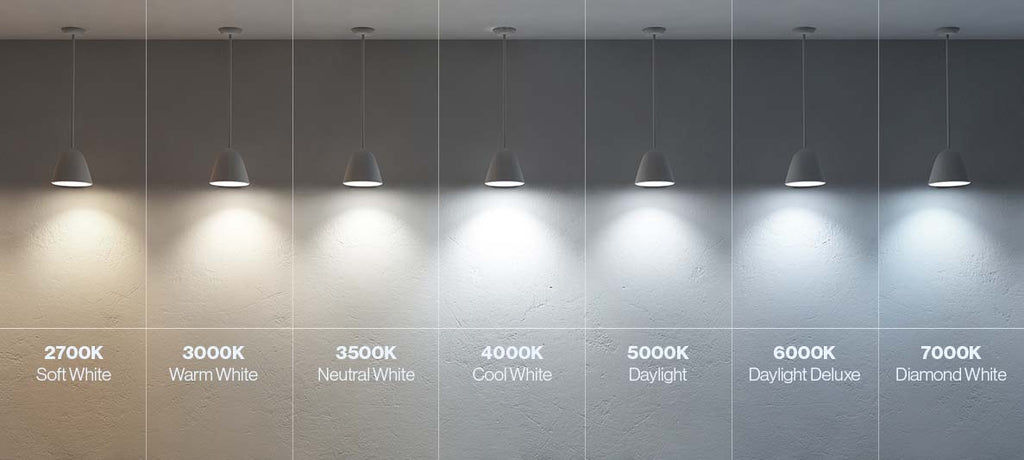How to Wire a Light Switch
If you’ve ever stared at a broken light switch and thought, “How hard can this be?” Well, you’re not alone. Wiring a light switch is one of those DIY home improvement projects that feels more intimidating than it actually is. That said, electricity isn’t something to take lightly (pun fully avoided). With a little guidance and a solid understanding of safety, you can wire a standard single-pole light switch yourself and avoid a shocking situation.
Let’s start with the most important part: turn off the power. Seriously, head to your breaker box and cut the power to the switch you’re working on. Don’t trust the labels — test it yourself. Use a voltage tester or non-contact detector to confirm the power is off before you do anything else. If there’s still current in the box, step away and double-check your breaker. No switch wiring is worth getting zapped over. As HGTV wisely suggests, safety first, tools second.

Once you’ve confirmed there’s no power, grab your tools. You’ll need a flat-head and Phillips screwdriver, wire stripper, wire connectors (also called wire nuts), and ideally some electrical tape. Most homes use a single-pole light switch for simple on/off functionality — the kind you probably have in your hallway or bathroom. Before you touch any wires, take a photo of the current setup. You might think you’ll remember where each wire goes, but memory tends to be less reliable when you’re three wires deep and sweating into the wall.
Inside your switch box, you’ll typically find a hot wire (usually black), a load wire (also black or sometimes red), and a ground wire (bare copper or green). There may also be a bundle of white neutral wires in the back of the box, which usually don’t connect to the switch itself — unless your new switch is a smart switch that requires one. For basic light switch wiring, you're dealing primarily with the hot, load, and ground wires. (BobVila.com explains this well)
Start by removing the old switch. Unscrew the faceplate, then the switch itself. Gently pull it out from the wall and identify how the wires are connected. If they’re screwed onto the terminals, loosen those screws. If they’re “backstabbed” into holes in the back of the switch, you'll need to release them (usually by inserting a small flat-head screwdriver into a release slot). Strip any damaged wire ends and make sure you have about ½ to ¾ inch of clean, exposed copper to work with. Pro tip: bend the ends into a small hook shape so they wrap clockwise around the new switch’s screws. This helps them stay in place as you tighten the terminals.

Next, connect the wires to your new switch. Attach the hot wire to one brass screw and the load wire to the other brass screw. The ground wire goes to the green screw. If the white neutral wires were bundled together and not attached to the previous switch, leave them bundled — don’t get creative unless your new switch specifically says otherwise. Once everything’s connected, double-check that your wires are secure by giving each one a gentle tug. Loose wiring is one of the most common causes of flickering lights, heat buildup, or short circuits. And nobody wants to troubleshoot a hot light switch at midnight.
Now that everything’s wired, carefully fold the wires back into the electrical box, mount the switch to the wall, and screw on the faceplate. Don’t overtighten it — you're not trying to weld it to the drywall. Once that’s done, head back to your breaker box, restore the power, and flip the switch. If the light doesn’t come on, or something feels off (like the switch plate gets hot), turn the power off immediately and recheck your wiring.

Things To Avoid
Don’t mix up your hot and neutral wires (the switch should always break the hot wire, not the neutral), don’t skip grounding the switch, and definitely don’t jam extra wires into a box that's already too full. That’s a recipe for sparks — the bad kind. If you're unsure whether you're working with a single-pole or a more complex three-way switch setup, take a breath and maybe hit pause. There’s no shame in calling a licensed electrician for backup. As Home Depot notes, proper electrical wiring isn’t just about function — it’s about safety and code compliance too.
At the end of the day, wiring a light switch isn’t rocket science, but it does demand attention to detail and respect for the power you’re working with. Take your time, follow the steps, and don’t skip safety. After all, flipping the switch on your own handiwork is a pretty great feeling. Plus, it’s way more satisfying than waiting three weeks for an electrician.



